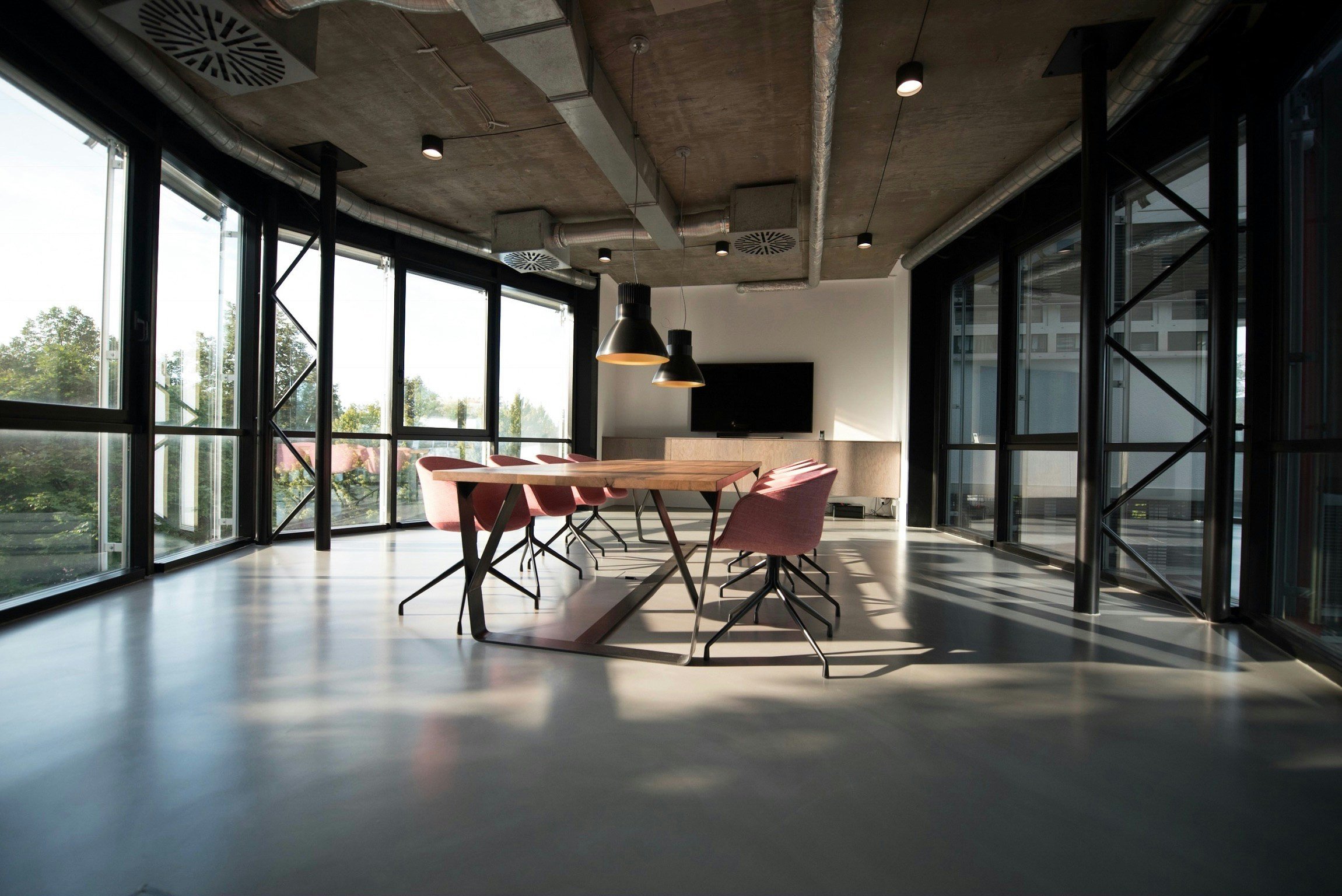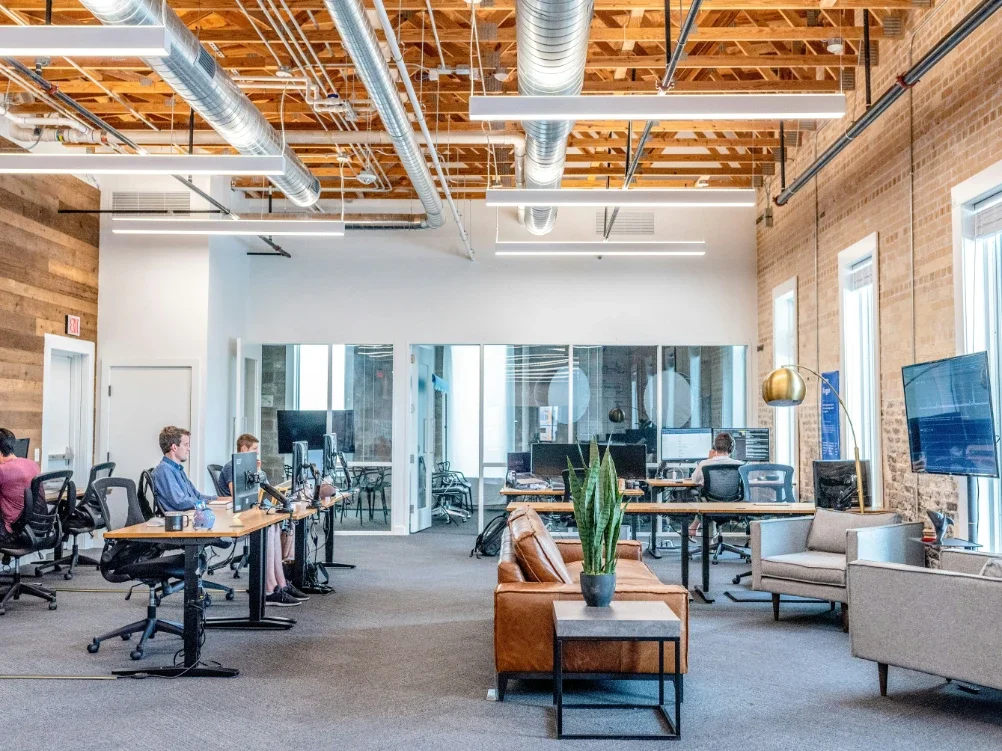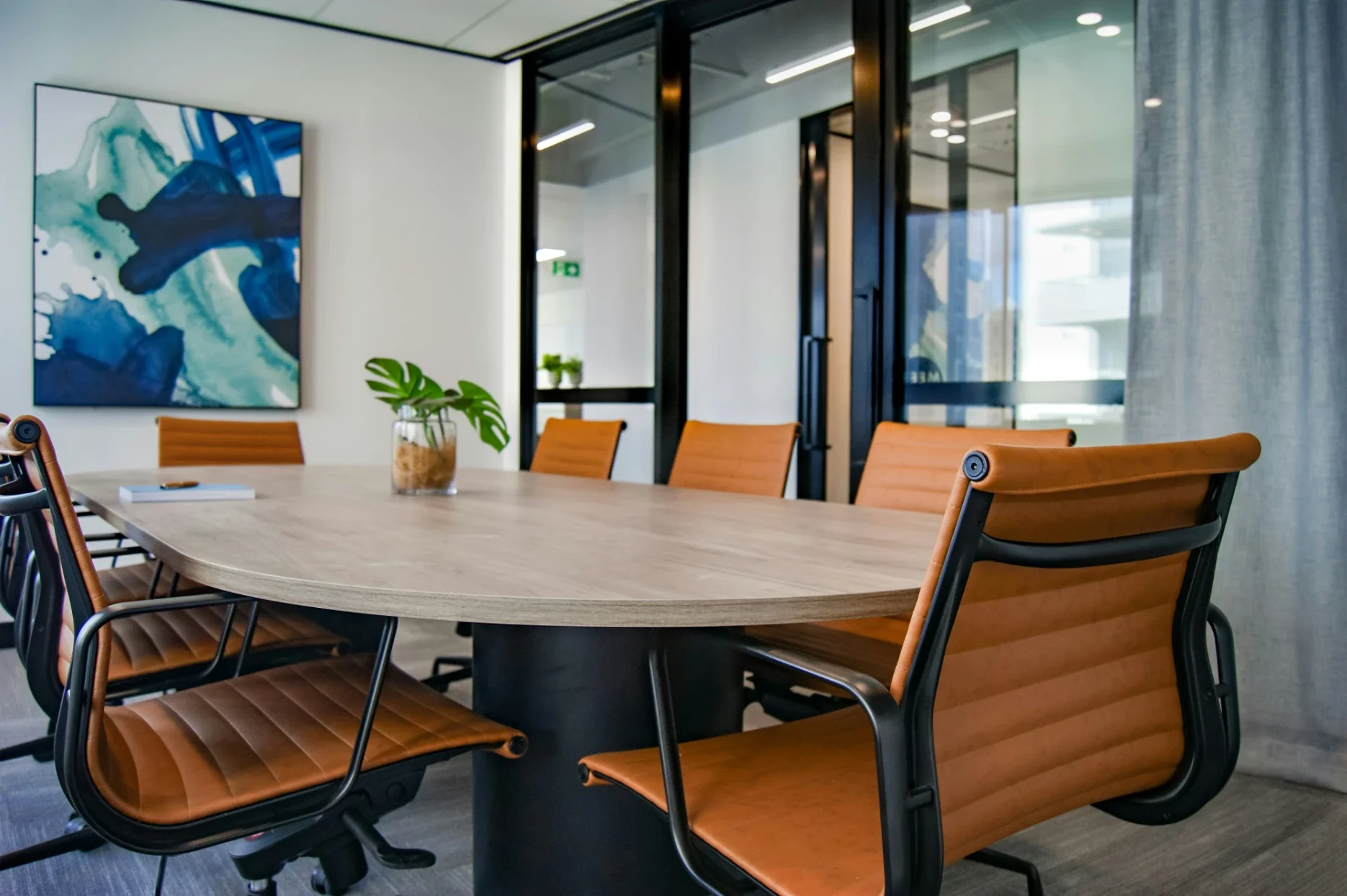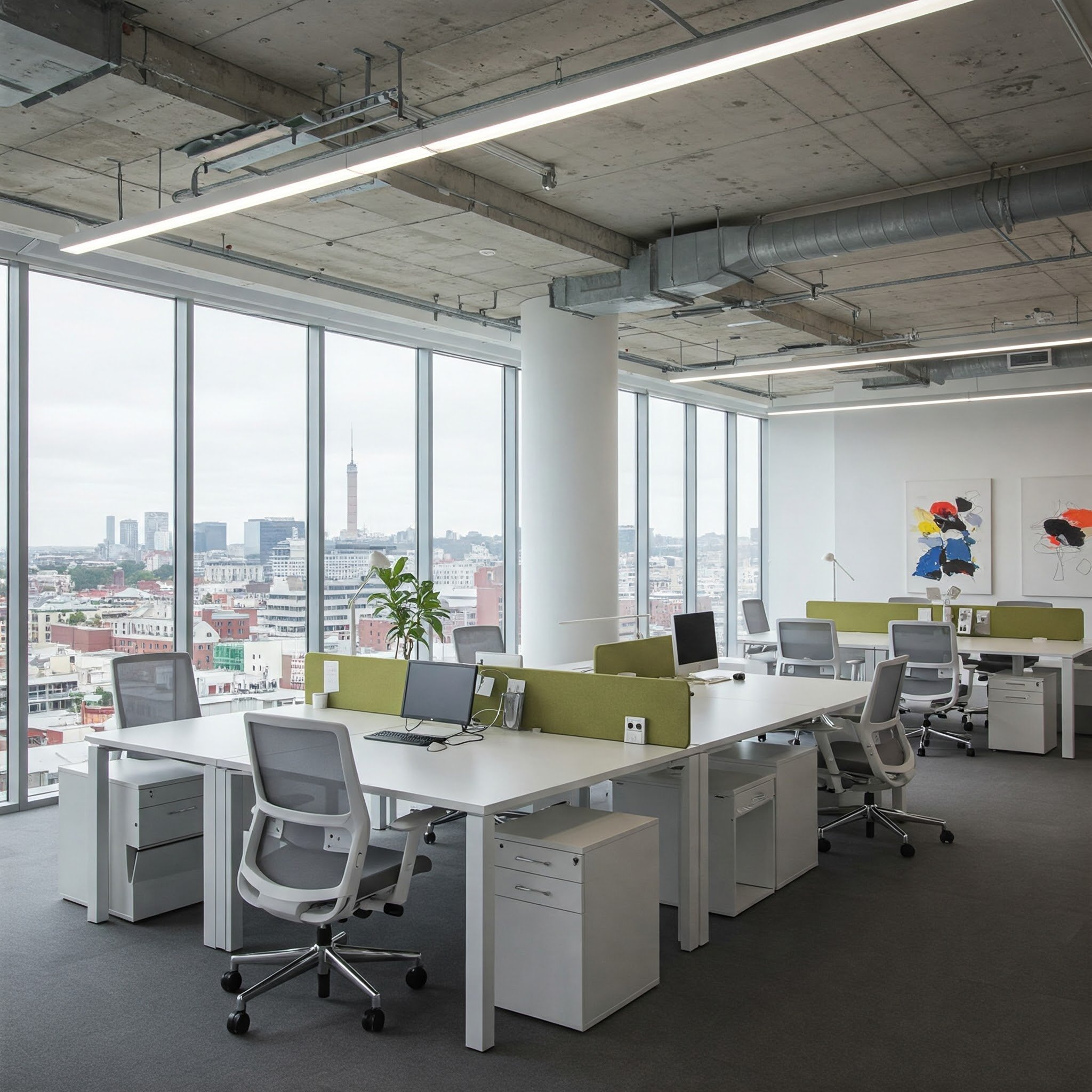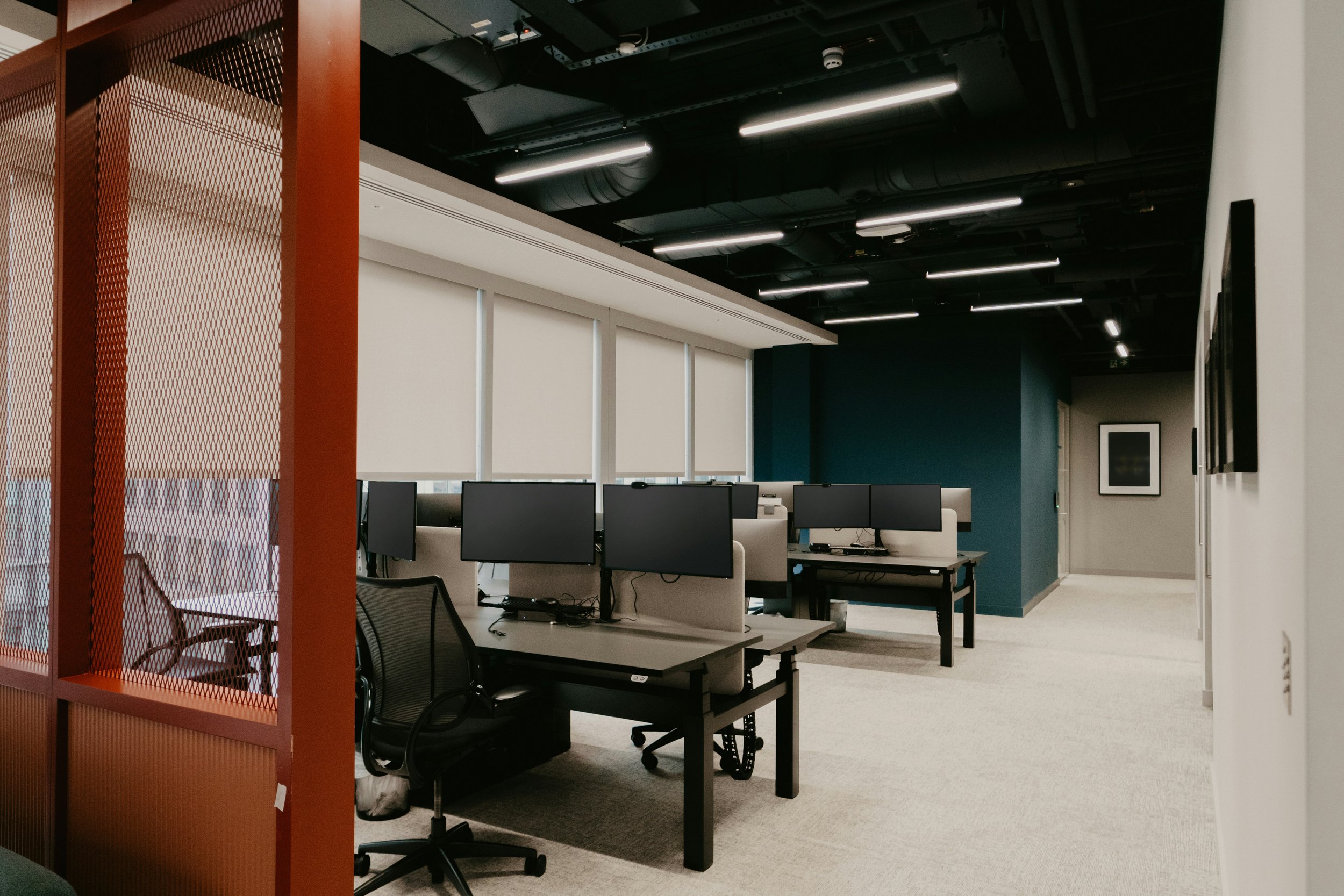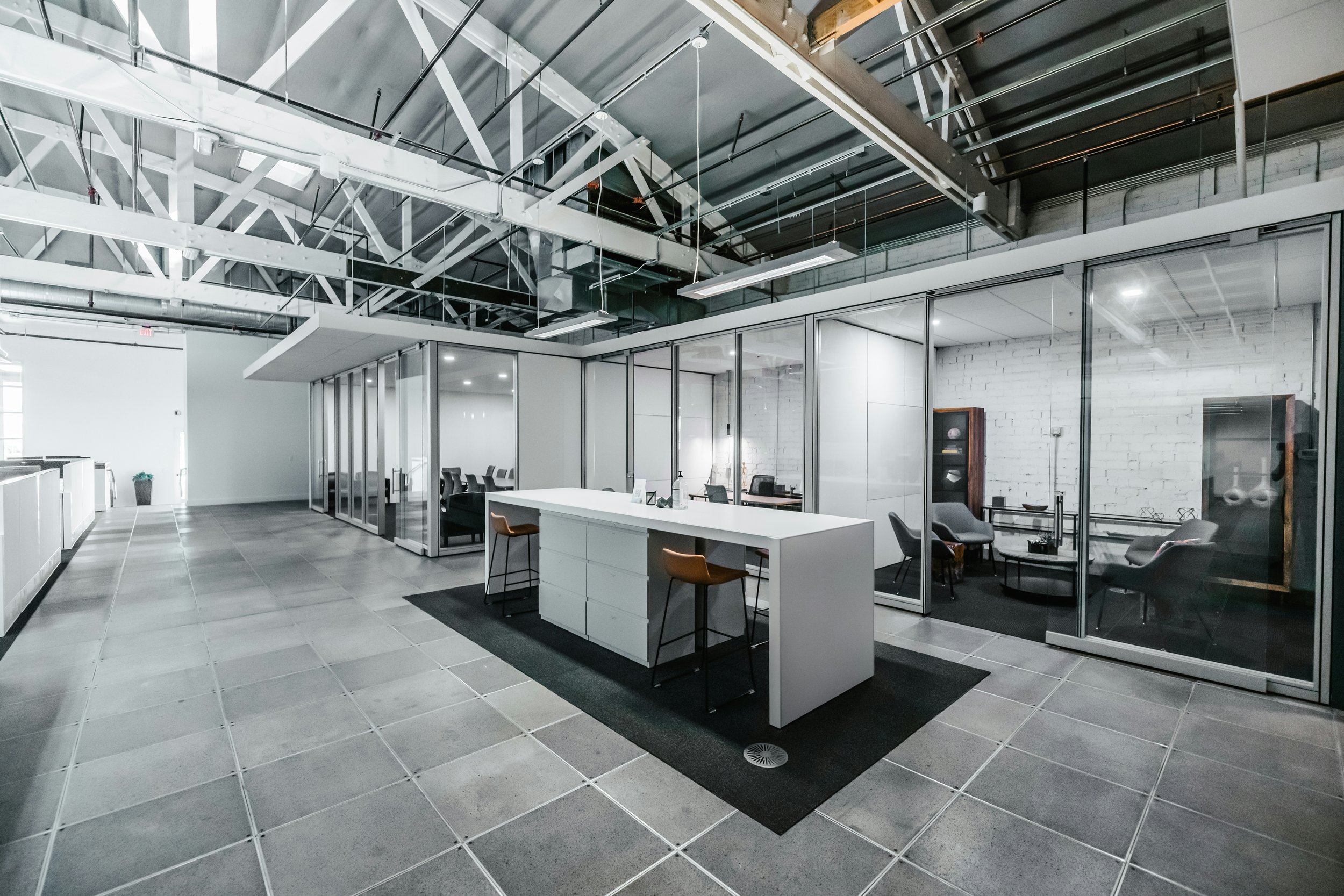Office Rental Trends You Should Know About
Stay informed about the latest office rental trends, including flexible spaces, coworking options, and market insights to make the best leasing decisions.
The workplace has undergone a dramatic transformation in recent years, driven by changing employee preferences, advancements in technology, and shifts in how businesses operate.
These changes have had a significant impact on the office rental market, influencing the types of spaces companies are looking for and the services they demand. Here’s a look at the key office rental trends you should know about to stay ahead in today’s evolving business landscape.
1. Flexible Office Spaces Are in High Demand
The demand for flexible office for rent in Hong Kong has skyrocketed as businesses prioritize agility and cost-effectiveness. Flexible rental options, such as coworking spaces, serviced offices, and short-term leases, are increasingly preferred over traditional long-term leases.
Startups, freelancers, and even large corporations now favor spaces that can adapt to their needs as they grow or downsize. With uncertainties in the market, the ability to scale up or down without committing to rigid contracts has become a valuable feature.
2. Hybrid Work Models Are Shaping Office Needs
Hybrid work, which combines remote and in-office work, has transformed how businesses view office space. Many companies no longer need large offices to accommodate all employees simultaneously. Instead, they are opting for smaller spaces designed for collaboration and team-building activities.
This trend has driven demand for:
Hot desks or shared workstations.
Meeting rooms with advanced technology for video conferencing.
Creative spaces designed to foster collaboration.
The shift to hybrid work has also led to an emphasis on creating offices that employees want to visit, focusing on comfort, design, and functionality.
3. Sustainability and Green Offices Are a Priority
Sustainability has become a key consideration in office rentals as businesses aim to align with environmental, social, and governance (ESG) goals. Landlords and property developers are investing in eco-friendly buildings that feature:
Energy-efficient lighting and HVAC systems.
Solar panels and renewable energy sources.
Green certifications like LEED or WELL.
Biophilic design elements, such as indoor plants and natural lighting.
Companies are increasingly willing to pay a premium for offices that demonstrate a commitment to sustainability, as it reflects positively on their brand and values.
4. Technology-Driven Workspaces
Modern offices are becoming smarter, integrating advanced technology to enhance productivity and convenience. This includes:
High-speed internet and reliable IT infrastructure.
Smart building systems that control lighting, temperature, and security.
Contactless access and payment systems.
Collaboration tools, such as interactive whiteboards and video conferencing technology.
Landlords offering tech-enabled offices are attracting more tenants, as these features cater to the needs of a digitally driven workforce.
5. Wellness-Oriented Office Spaces
Employee well-being is now a top priority for businesses, and it’s influencing office rental trends. Many companies are looking for spaces that promote mental and physical health, including:
On-site gyms or fitness areas.
Quiet zones for relaxation and meditation.
Ergonomic furniture to reduce physical strain.
Enhanced air quality and ventilation systems.
Landlords are responding by incorporating wellness-focused amenities to attract tenants who prioritize employee satisfaction and retention.
6. Smaller Offices and Shared Spaces
As businesses embrace hybrid work models, the demand for smaller offices has increased. Many companies are reducing their physical footprint, focusing on central locations that serve as hubs for collaboration rather than daily workstations.
In addition, shared office spaces, such as coworking hubs, are becoming more popular. These spaces allow businesses to save on costs while benefiting from networking opportunities and shared amenities.
7. Suburban Offices Are Gaining Popularity
The pandemic highlighted the challenges of long commutes, leading many businesses to explore suburban office locations. Suburban offices often offer:
Lower rental costs compared to city centers.
Easier access for employees living outside urban areas.
Less congestion and more parking availability.
This trend is particularly prominent in regions where remote work has become the norm, but occasional office access is still necessary.
8. Customizable Spaces for Unique Needs
Businesses are seeking offices that can be customized to reflect their brand identity and operational needs. Property owners are increasingly offering flexible layouts and design options to accommodate these preferences.
Customizable spaces allow companies to:
Create branded interiors that enhance their image.
Incorporate specific layouts to suit their work style.
Adapt the office space as their needs evolve over time.
9. Demand for Community and Networking Opportunities
Many office rentals, particularly coworking spaces, are focusing on building a sense of community. These spaces often host events, workshops, and networking opportunities to foster collaboration among tenants.
For smaller businesses and freelancers, this community aspect adds significant value, as it enables them to build professional relationships and discover potential partnerships.
10. Flexible Pricing Models
To attract tenants, landlords are adopting innovative pricing models. These include:
Pay-as-you-go options for short-term rentals.
Membership-based pricing for coworking spaces.
Discounts or incentives for long-term commitments.
Such flexibility makes office spaces more accessible, especially for small businesses and startups with limited budgets.
Rent a Beautiful Office
The office rental landscape is evolving rapidly to meet the demands of a modern workforce. Trends such as flexible spaces, hybrid work models, sustainability, and wellness-focused designs are shaping the future of office rentals.
Businesses and landlords alike must adapt to these trends to remain competitive. For companies, understanding these changes ensures they choose office spaces that align with their needs and goals. For landlords, embracing these trends provides a way to attract and retain tenants in an increasingly dynamic market.
Whether you're a business owner seeking the perfect workspace or a property developer looking to attract tenants, staying informed about these office rental trends is essential to thrive in the changing workplace environment.
